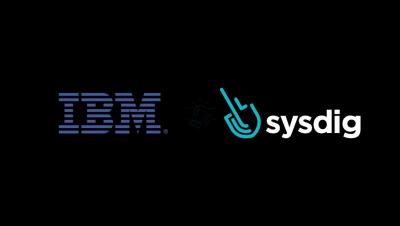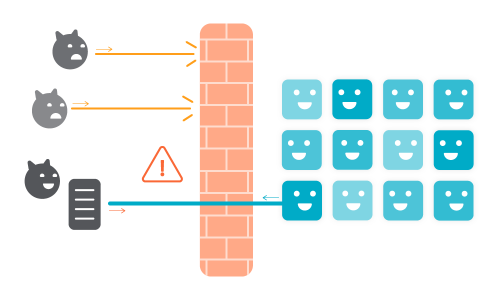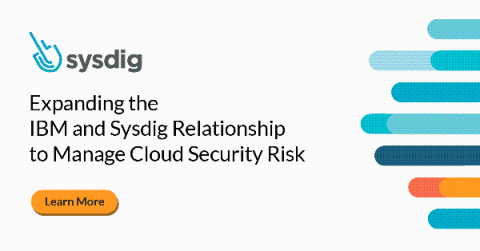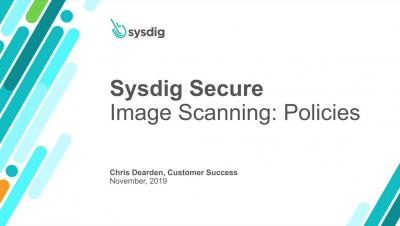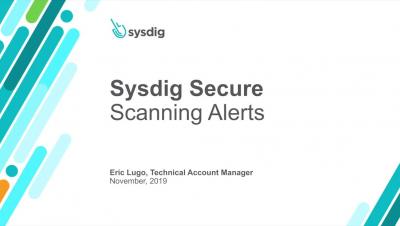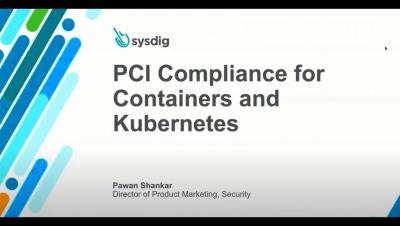Security | Threat Detection | Cyberattacks | DevSecOps | Compliance
Sysdig
Detect CVE-2020-8555 using Falco
This CVE is a Server Side Request Forgery (SSRF) vulnerability in kube-controller-manager that allows certain authorized users to leak up to 500 bytes of arbitrary information from unprotected endpoints within the master’s host network (such as link-local or loopback services).
Detect reverse shell with Falco and Sysdig Secure
Reverse shell is a way that attackers gain access to a victim’s system. In this article, you’ll learn how this attack works and how you can detect it using Falco, a CNCF project, as well as Sysdig Secure. Sometimes, an application vulnerability can be exploited in a way that allows an attacker to establish a reverse shell connection, which grants them interactive access to the system.
Expanding the IBM & Sysdig Relationship to Manage Cloud Security Risk
Today, we are pleased to announce the expansion of Sysdig’s relationship with IBM to extend cloud security governance with IBM Cloud Pak for Multicloud Management. Through a new OEM agreement, Sysdig Secure and the Sysdig Secure DevOps Platform are now available through IBM and IBM Business Partners. The combined IBM and Sysdig offering delivers centralized cloud visibility, governance and automation with in-depth container security intelligence for Red Hat OpenShift.
Secure DevOps at the Edge with Sysdig and IBM
Innovative companies are looking to take advantage of cloud-native technologies beyond the data center to deliver faster innovation and competitive advantage at the edge. Recognizing the need for a common approach to create, deploy, run, secure, monitor, maintain and scale business logic and analytics applications wherever your business takes you, IBM today announced its edge computing offerings, including the IBM Edge Application Manager.
Five things CISOs can do to make containers secure and compliant
Chances are, if you’re not already moving applications to containers and Kubernetes, you’re considering it. However, it’s likely that security and compliance implications are something you haven’t fully thought through. Addressing container security risks later in the development life cycle negatively impacts the pace of cloud adoption while simultaneously raising security and compliance risks. The use of containers and Kubernetes changes your security calculus.
How to monitor OPA Gatekeeper with Prometheus metrics
In this blog post, we’re going to explain how to monitor Open Policy Agent (OPA) Gatekeeper with Prometheus metrics. If you have deployed OPA Gatekeeper, monitoring this admission controller is as relevant as monitoring the rest of the Kubernetes control plane components, like APIserver, kubelet or controller-manager. If something breaks here, Kubernetes won’t deploy new pods in your cluster; and if it’s slow, your cluster scale performance will degrade.


